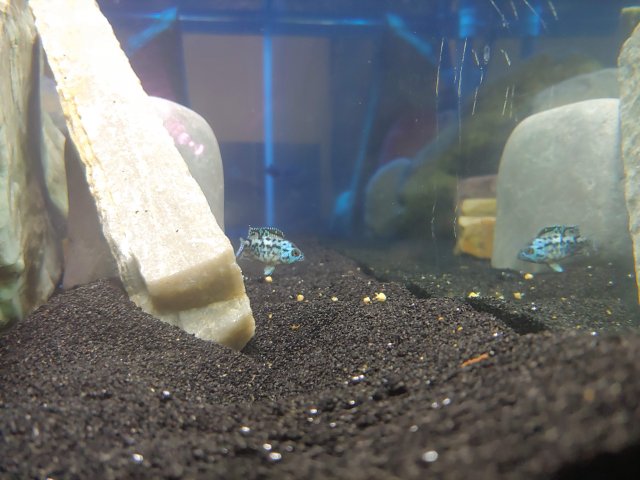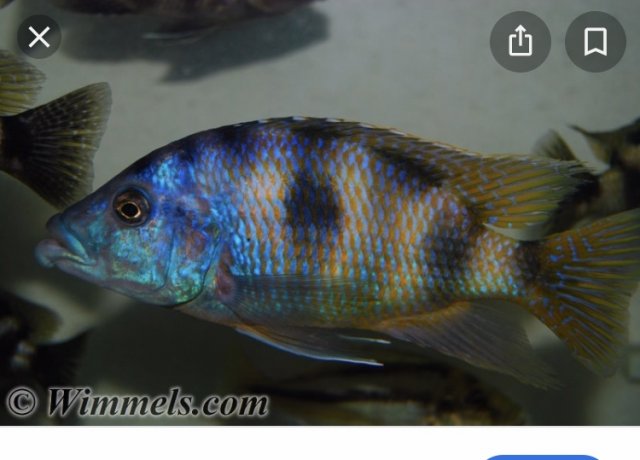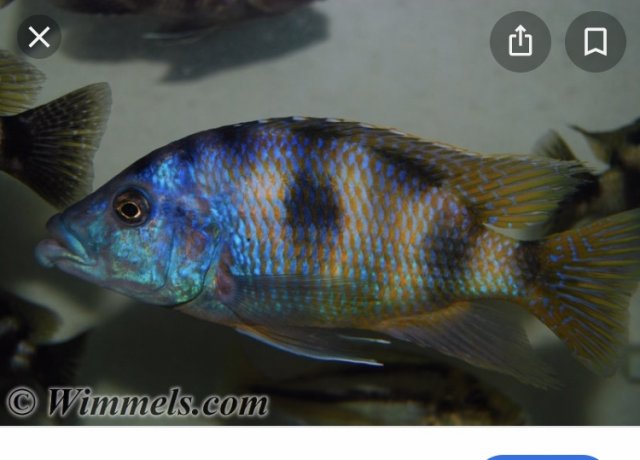If it's an EBJD, then something like a demasoni-- and other similarly aggressive mbuna-- are very likely too aggressive for it. When mbuna are small or new in the tank you don't necessarily see what's coming later on, after they get larger or more comfortable in the tank. Haps and peacocks with an EBJD would be hit or miss, depends on tank size and individual fish, but better odds than most mbuna. Mbuna more or less translates as "rock fish". Most mbuna are the classic crowd them to manage aggression fish. In nature many mbuna species are 'programmed' to fiercely defend their own little rock or hole in a rock. Neither this nor their temperament is a good fit for a typical EBJD.
If it's a carpintis or flowerhorn, at least as adults you're trouble is probably reversed in many cases-- mbuna, smaller, are probably in trouble, again depending on tank and individual fish.
I bred Malawi cichlids over 15 years. I found the best way to prevent bloat is:
1) Feeding-- feed less. Resist the temptation to overfeed a tank to get enough food to a single fish. Pay attention to them and keep them a little on the lean side, not too rounded in the belly. Even when you don't overfeed the tank overall, a single aggressive eater in the bunch can overfeed. Once I learned to recognize this, I'd take that fish to another tank and put it on a diet until it slimmed down.
2) Learn to recognize a bullied fish and signs of unobserved aggression and do something to remedy the aggression, whether it's removing a hyper aggressive fish or the bullied fish to another tank. Signs of a Malawi cichlid stressed or in trouble due to aggression are: fast breathing, staying in one corner or one spot, near a filter, near the surface, etc, scuffs on the body or frayed fins... and bloating. Couldn't tell you how often I've seen someone misdiagnose frayed fins due to aggression as "fin rot". Sure, it can turn into fin rot, but people often miss the original cause.
Once I figured out those two basic things I went from the occasional case of 'bloat' that seemed to go with the territory to virtually no cases of 'bloat' at all over many years.
...This assumes clean and reasonable water conditions, and not doing something stupid like an all earthworm diet...





